Mahatma Gandhi and the Salt Satyagraha of 1930 stand as a defining moment in the Indian Independence Movement and a powerful example of nonviolent resistance (Satyagraha). This campaign, initiated by Gandhi to protest the British salt tax, captured the imagination of India and the world, significantly weakening British authority and galvanizing the Indian population in the struggle for self-rule. The Salt Satyagraha epitomizes Gandhi’s philosophy of nonviolent civil disobedience and its effectiveness as a political tool.
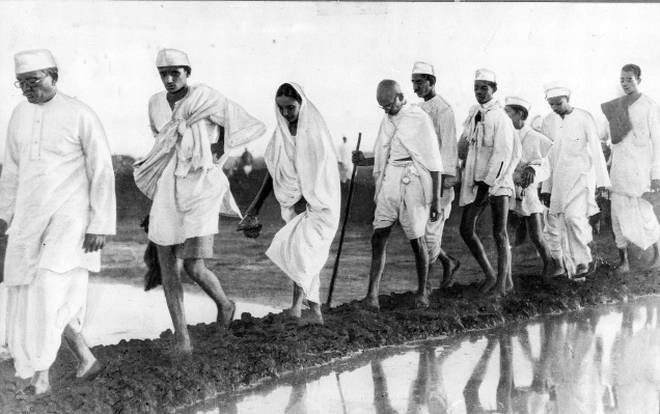
Background: Gandhi’s Philosophy of Satyagraha:
Mohandas Karamchand Gandhi, later known as Mahatma Gandhi, developed the philosophy of Satyagraha, meaning “truth force” or “soul force.” Satyagraha is a method of nonviolent resistance to injustice, based on the principles of truth, non-violence, and self-suffering. Key tenets of Satyagraha include:
- Nonviolence (Ahimsa): The absolute rejection of violence in thought, word, and deed.
- Truth (Satya): Commitment to truth and justice.
- Self-Suffering: Willingness to endure suffering and hardship rather than inflict violence on the opponent. The aim is to appeal to the opponent’s conscience through self-suffering.
- Civil Disobedience: The deliberate and nonviolent violation of unjust laws.
Gandhi successfully employed Satyagraha in South Africa to fight racial discrimination before returning to India and applying it to the Indian Independence Movement.
Context of the Salt Law:
In British India, the government imposed a Salt Law which gave the British administration a monopoly on the production and sale of salt. Indians were prohibited from making or selling salt, even for their own domestic consumption. The government also levied a tax on salt, making it expensive and burdening the common people, especially the poor. Salt was an essential commodity for daily life, and the Salt Law was widely resented as an unjust and oppressive measure.
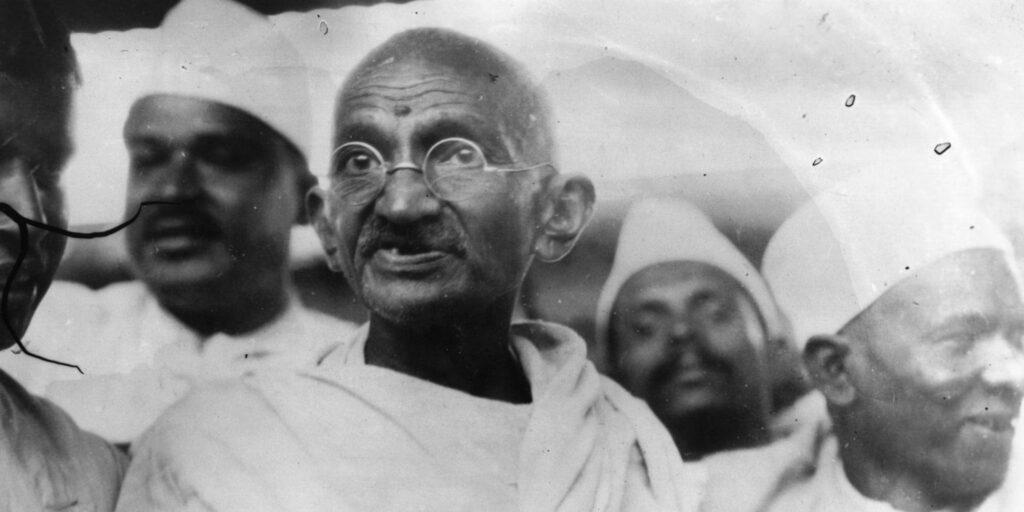
The Dandi March:
To challenge the Salt Law and British authority, Gandhi launched the Salt Satyagraha. The centerpiece of this campaign was the Dandi March.
- The March Begins: On March 12, 1930, Gandhi, along with 78 carefully selected followers, began a 240-mile march from his Sabarmati Ashram in Ahmedabad to the coastal village of Dandi in Gujarat.
- Symbolic Act: The march was deliberately slow and public, attracting attention and support along the way. Gandhi and his followers walked for over three weeks, traversing villages and towns.
- Breaking the Salt Law at Dandi: On April 6, 1930, reaching Dandi, Gandhi defied the Salt Law by picking up a lump of natural salt from the seashore, symbolically “making” salt and breaking the government monopoly. This act signaled open defiance of British law.
- Widespread Participation: Gandhi’s act at Dandi triggered a wave of civil disobedience across India. Millions of Indians, inspired by Gandhi, began to make salt illegally, violating the Salt Law publicly. Protests, picketing of salt depots, and nonviolent demonstrations erupted throughout the country.
Spread of Civil Disobedience:
The Salt Satyagraha was not limited to salt-making. It sparked a wider Civil Disobedience Movement.
- Boycotts and Protests: Indians boycotted British goods, institutions, and government services. Foreign cloth was burned, liquor shops were picketed, and students and lawyers left schools and courts.
- Non-payment of Taxes: In some areas, peasants refused to pay land revenue and taxes.
- Mass Arrests: The British government responded with repression, arresting thousands of Satyagrahis, including Gandhi himself. Despite the arrests and police brutality, the movement continued to gain momentum.
Impact on the Independence Movement:
The Salt Satyagraha had a profound impact on the Indian Independence Movement and the struggle against British rule.
- Galvanizing the Indian Population: The Salt Satyagraha mobilized millions of Indians from all walks of life, uniting them in a common cause against British rule. It broadened the base of the nationalist movement and brought women and marginalized communities to the forefront of the struggle.
- International Attention: The Salt Satyagraha garnered significant international attention and sympathy for the Indian independence cause. Gandhi’s nonviolent methods and the dramatic Dandi March captured the world’s imagination and put pressure on the British government.
- Weakening British Authority: The Salt Satyagraha significantly undermined British authority and prestige in India. It demonstrated the power of nonviolent resistance and the limitations of British power in the face of mass mobilization.
- Strengthening the Indian National Congress: The Salt Satyagraha solidified the leadership of Mahatma Gandhi and strengthened the Indian National Congress as the primary organization leading the independence movement.
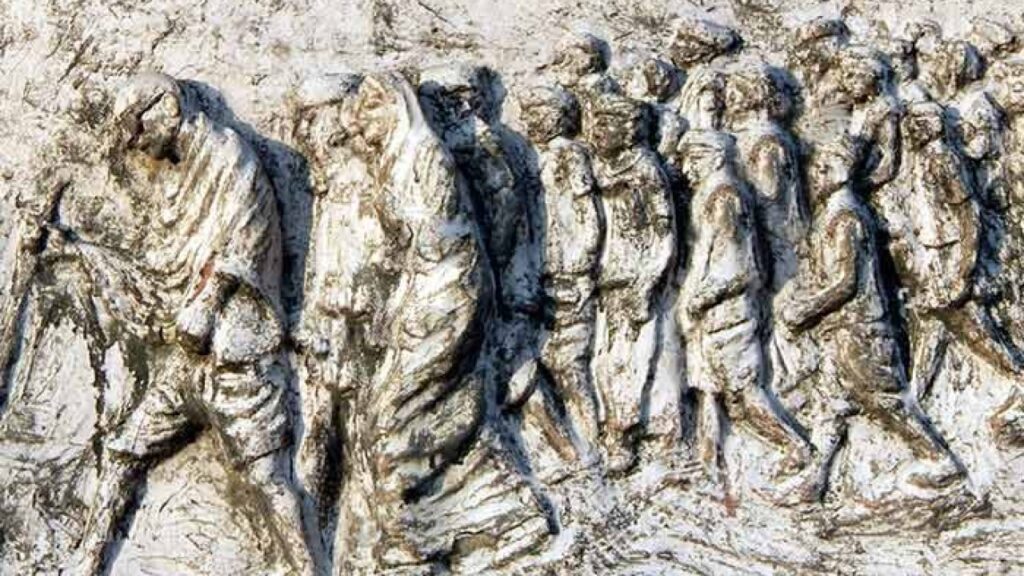
Gandhi’s Legacy of Nonviolence:
The Salt Satyagraha is a testament to the power of nonviolent resistance and a key example of Gandhi’s philosophy in action. It solidified his global reputation as a leader of peace and nonviolence. Gandhi’s methods of Satyagraha and civil disobedience went on to inspire civil rights movements and nonviolent struggles for justice around the world.
The Salt Satyagraha remains a powerful and inspiring chapter in Indian history, demonstrating the effectiveness of nonviolent action in challenging injustice and achieving social and political change.

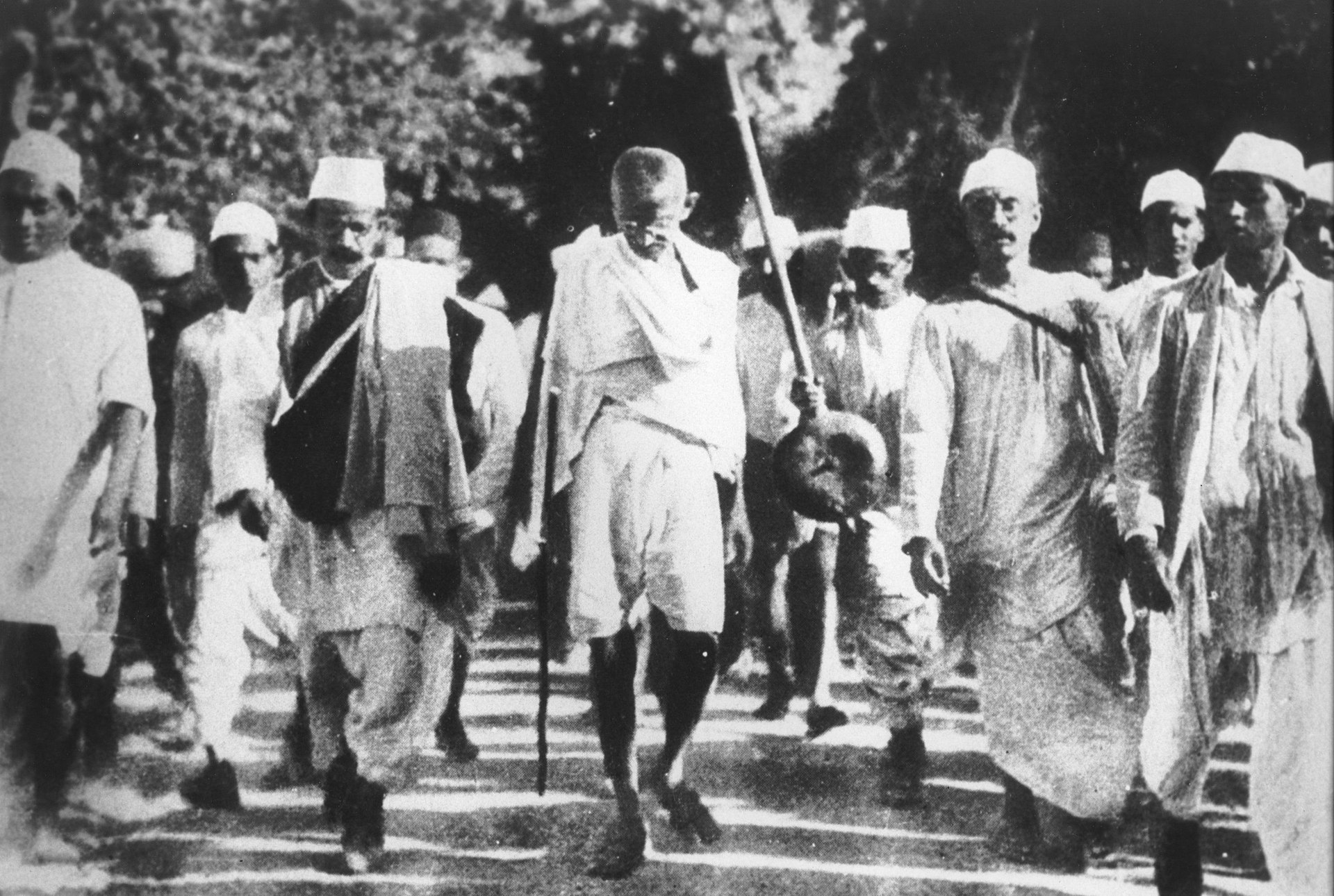
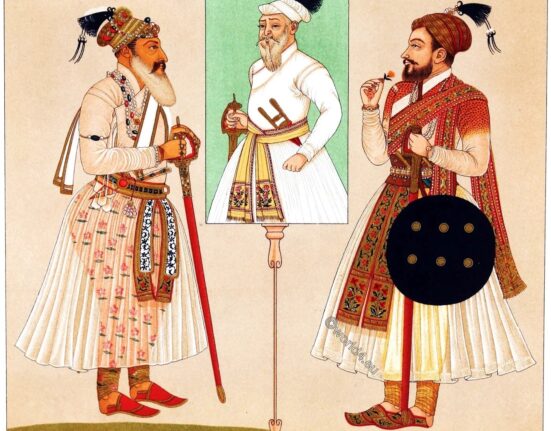





Leave feedback about this